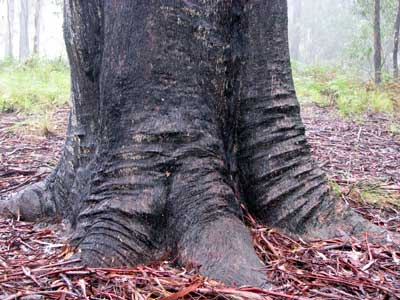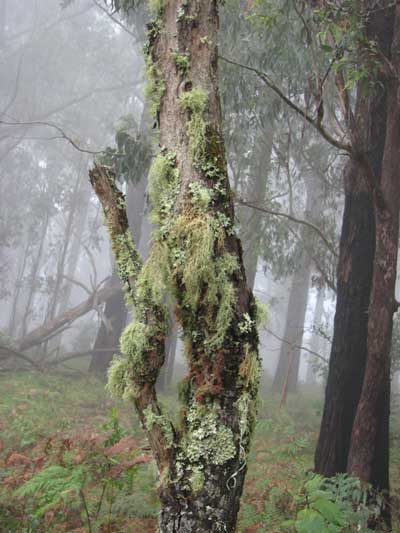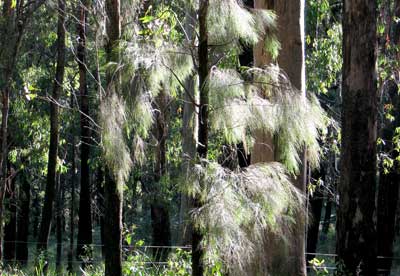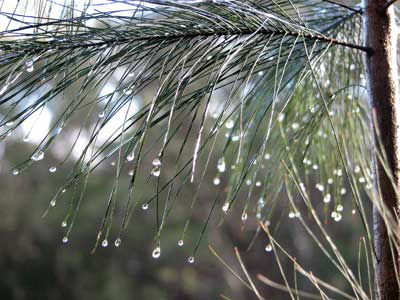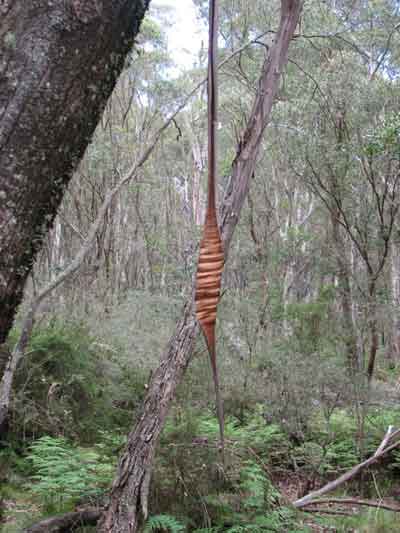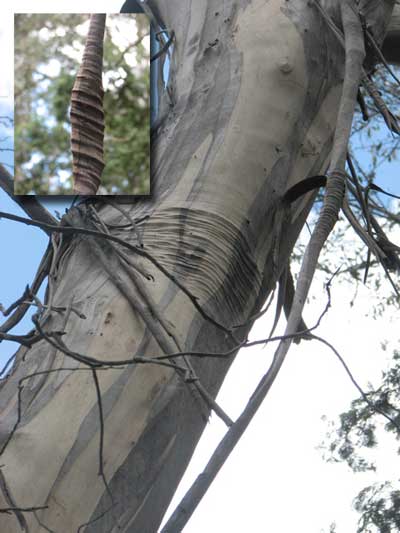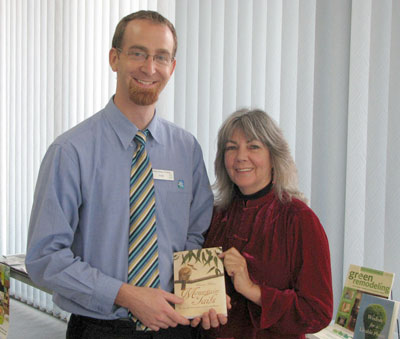
Librarians are some of my favourite people, being book lovers like me. However, the grey-haired spinster in a drab cardigan no longer fits the bill. Nor are libraries just places of shush and half-asleep old men.
Take young, cheery and goatee-d Adam Holland and his Wyong Shire Library in the enormous Westfield Tuggerah Shoppingtown on the NSW Central Coast.
Adam’s author talks and events welcome the community in, seat them in comfy armchairs, feed them tea and chocolate bickies and grapes, while writers like me talk about my books and read from them. For free!
My visit there for my first book was lovely, so I was happy to return last week for Mountain Tails. And, as I had grown up on the Central Coast, and my sister Robyn has retired there, it almost feels like coming home.
It was a delight to see faces in the audience familiar to me from my last talk there.
I always enjoy the interaction during question time and the chats afterwards when I sign books. Rick Finucane from Borders bookshop in Westfields not only sold my books there but took the photos for me on my camera. Thank you, Rick!
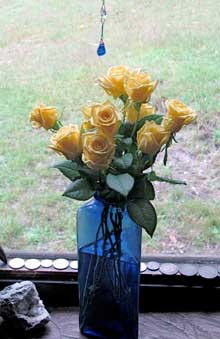 An extra treat was that Adam presented me with a bunch of yellow roses and some chocolates.
An extra treat was that Adam presented me with a bunch of yellow roses and some chocolates.
Back home in my cabin that night, having just beaten nightfall and the rain, I lit the fire, arranged the roses, poured myself a glass of red wine, and indulged in a chocolate or two. You could say I felt appreciated.
Next day was grey and cold and windy, but the roses bloomed golden on my windowsill, extending the pleasure of my author talk well beyond its actual time. Thank you Adam and Tuggerah!
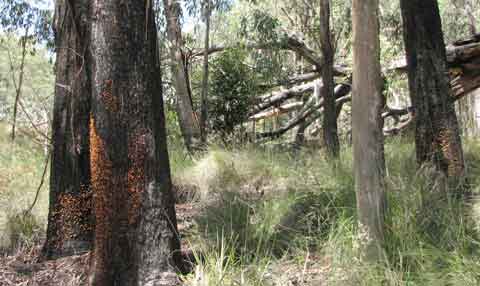 Less than I’d expected, but spectacular enough, for low down on the burnt-black trunks of many of the stringybarks were intense dustings of orange dots.
Less than I’d expected, but spectacular enough, for low down on the burnt-black trunks of many of the stringybarks were intense dustings of orange dots.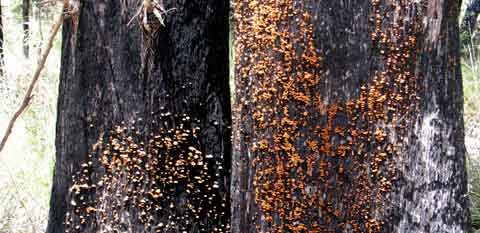 Moving nearer, I was reminded of the dense colonies of tiny bivalve shells I have seen stuck to rocks on marine rock platforms.
Moving nearer, I was reminded of the dense colonies of tiny bivalve shells I have seen stuck to rocks on marine rock platforms.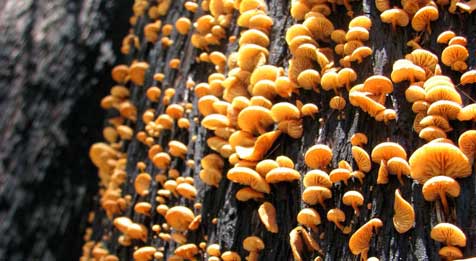 As the individuals were so tiny, I had to go up really close to see their fungi features.
As the individuals were so tiny, I had to go up really close to see their fungi features.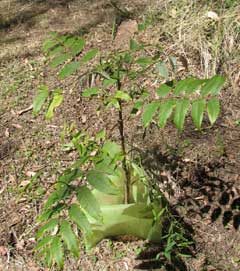 My little Red Cedar (Toona australis) trees are putting forth new leaves. These are of bronzed burgundy red, although the trees are not named for that, but for the rich red of the timber when cut.
My little Red Cedar (Toona australis) trees are putting forth new leaves. These are of bronzed burgundy red, although the trees are not named for that, but for the rich red of the timber when cut.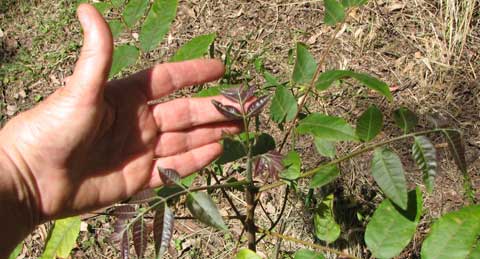
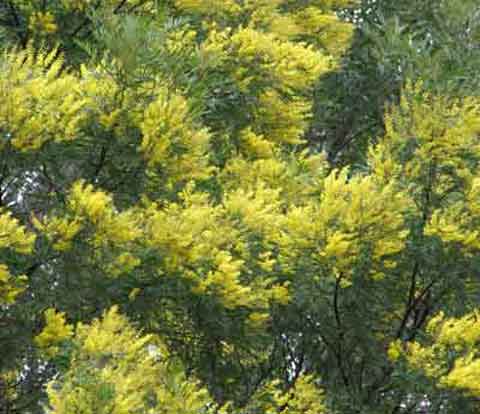
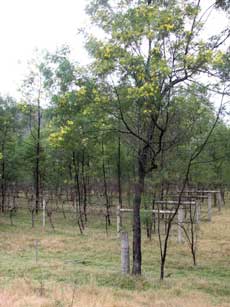
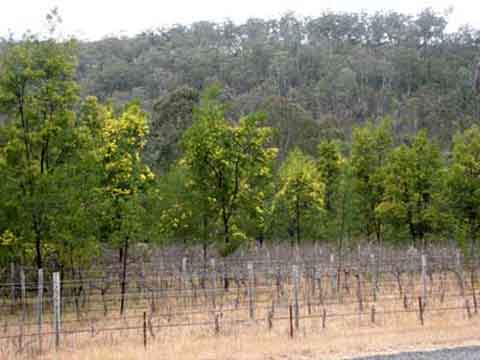
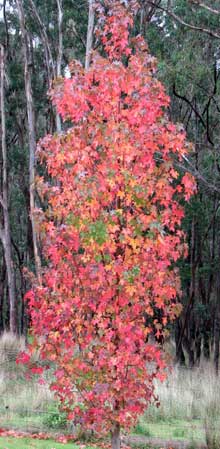 As Autumn becomes Winter, under perpetual grey skies, the intermittent thin drizzle keeps the saturated ground weeping down the hillside.
As Autumn becomes Winter, under perpetual grey skies, the intermittent thin drizzle keeps the saturated ground weeping down the hillside.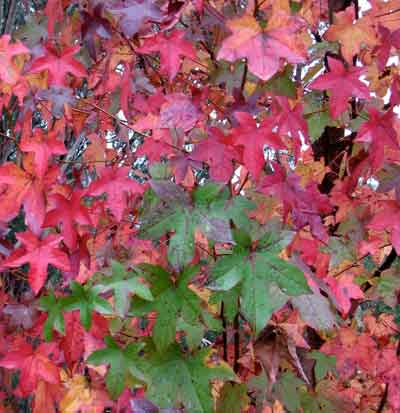
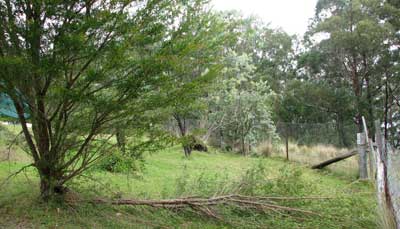
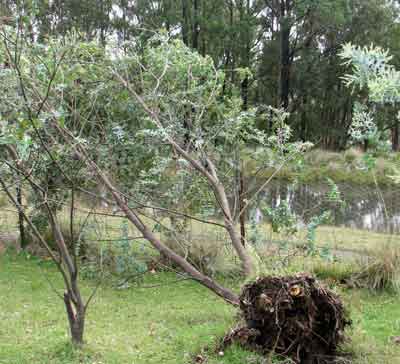
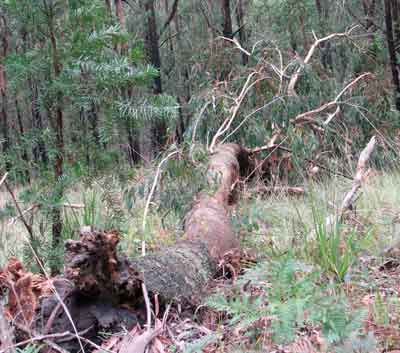

 An extra treat was that Adam presented me with a bunch of yellow roses and some chocolates.
An extra treat was that Adam presented me with a bunch of yellow roses and some chocolates.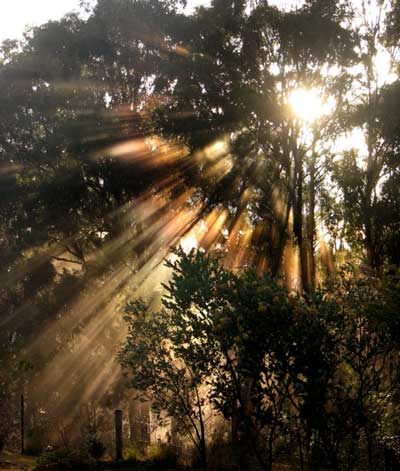
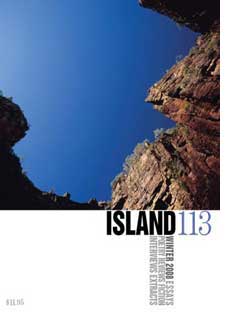 Thanks to Margie Jenkin for her review of The Woman on the Mountain in the latest edition of Island, Tasmania’s justly famous magazine of arts and literature.
Thanks to Margie Jenkin for her review of The Woman on the Mountain in the latest edition of Island, Tasmania’s justly famous magazine of arts and literature.